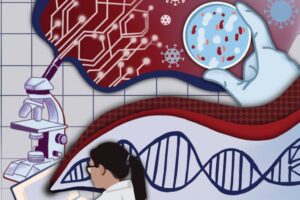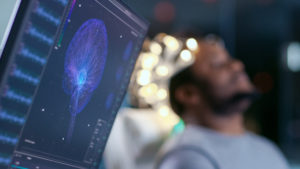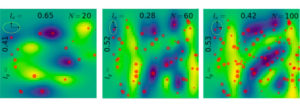by
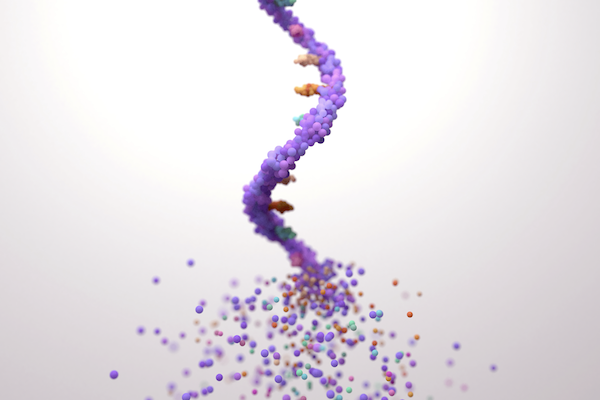
In a typical foundry, raw materials like steel and copper are melted down and poured into molds to assume new shapes and functions. The U.S. National Science Foundation Artificial Intelligence-driven RNA Foundry (NSF AIRFoundry), led by the University of Pennsylvania and the University of Puerto Rico and supported by an $18-million, six-year grant, will serve much the same purpose, only instead of smithing metal, the “BioFoundry” will create molecules and nanoparticles.
NSF AIRFoundry is one of five newly created BioFoundries, each of which will have a different focus. Bringing together researchers from Penn Engineering, Penn Medicine’s Institute for RNA Innovation, the University of Puerto Rico–Mayagüez (UPR-M), Drexel University, the Children’s Hospital of Philadelphia (CHOP) and InfiniFluidics, the facility, which will be physically located in West Philadelphia and at UPR-M, will focus on ribonucleic acid (RNA), the tiny molecule essential to genetic expression and protein synthesis that played a key role in the COVID-19 vaccines and saved tens of millions of lives.
The facility will use AI to design, optimize and synthesize RNA and delivery vehicles by augmenting human expertise, enabling rapid iterative experimentation, and providing predictive models and automated workflows to accelerate discovery and innovation.
“With NSF AIRFoundry, we are creating a hub for innovation in RNA technology that will empower scientists to tackle some of the world’s biggest challenges, from health care to environmental sustainability,” says Daeyeon Lee, Russell Pearce and Elizabeth Crimian Heuer Professor in Chemical and Biomolecular Engineering in Penn Engineering and NSF AIRFoundry’s director.
“Our goal is to make cutting-edge RNA research accessible to a broad scientific community beyond the health care sector, accelerating basic research and discoveries that can lead to new treatments, improved crops and more resilient ecosystems,” adds Nobel laureate Drew Weissman, Roberts Family Professor in Vaccine Research in Penn Medicine, Director of the Penn Institute for RNA Innovation and NSF AIRFoundry’s senior associate director.
The facility will catalyze new innovations in the field by leveraging artificial intelligence (AI). AI has already shown great promise in drug discovery, poring over vast amounts of data to find hidden patterns. “By integrating artificial intelligence and advanced manufacturing techniques, the NSF AIRFoundry will revolutionize how we design and produce RNA-based solutions,” says David Issadore, Professor in Bioengineering and in Electrical and Systems Engineering at Penn Engineering and the facility’s associate director of research coordination.
Read the full story on the Penn AI website.

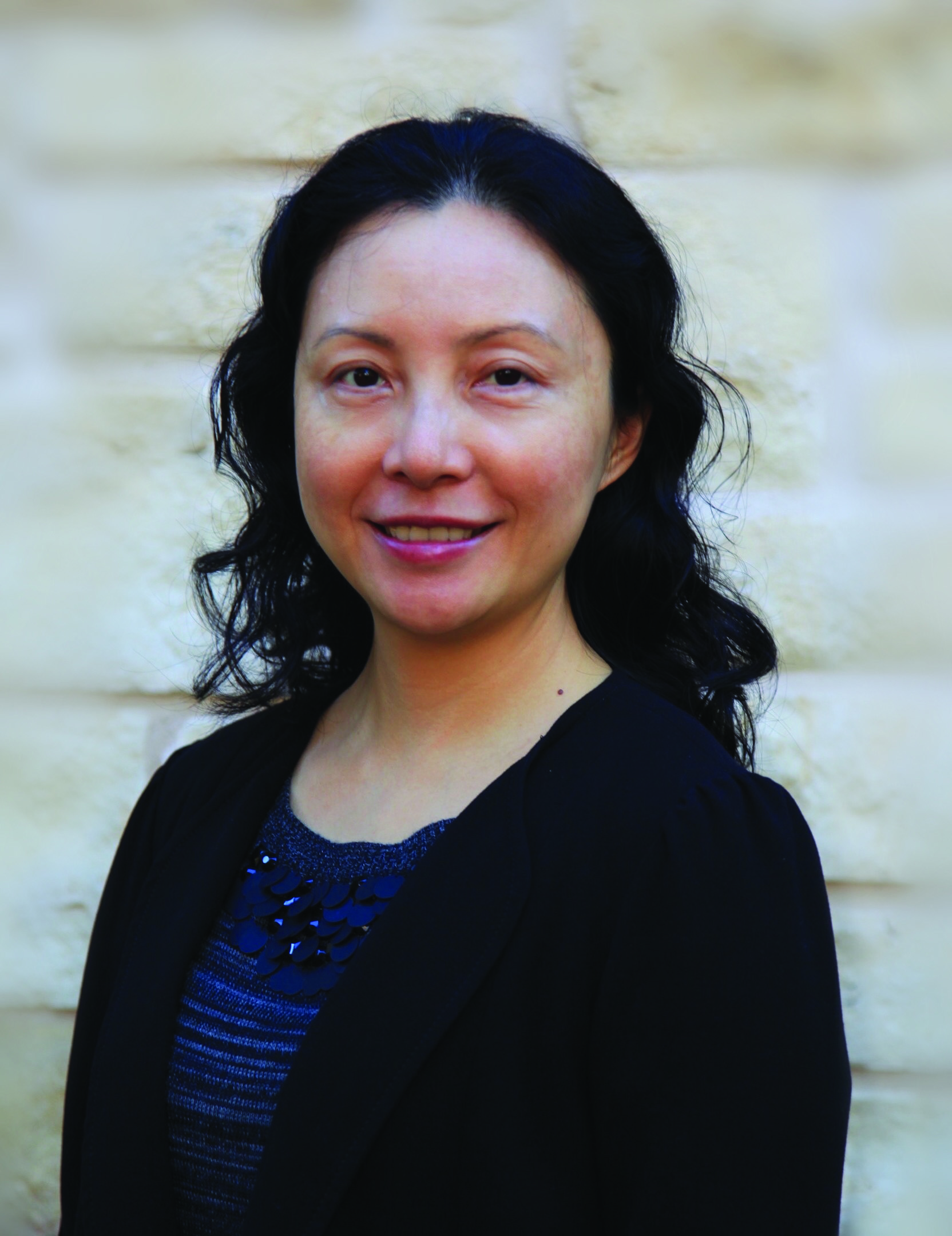

 Carlos Armando Aguila, Ph.D. student in Bioengineering, is a member of the Center of Neuroengineering and Therapeutics, advised by
Carlos Armando Aguila, Ph.D. student in Bioengineering, is a member of the Center of Neuroengineering and Therapeutics, advised by  Joseph Lance Victoria Casila is a Ph.D. student in Bioengineering in the lab of
Joseph Lance Victoria Casila is a Ph.D. student in Bioengineering in the lab of  Trevor Chan is a Ph.D. student in Bioengineering in the lab of
Trevor Chan is a Ph.D. student in Bioengineering in the lab of 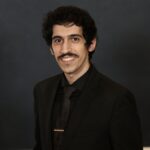 Rakan El-Mayta is an incoming Ph.D. student in the lab of
Rakan El-Mayta is an incoming Ph.D. student in the lab of  Austin Jenk is a Ph.D. student in the lab of
Austin Jenk is a Ph.D. student in the lab of  Jiageng Liu is a Ph.D. student in the lab of
Jiageng Liu is a Ph.D. student in the lab of  Alexandra Neeser is a Ph.D. student in the lab of
Alexandra Neeser is a Ph.D. student in the lab of  William Karl Selboe Ojemann, a Ph.D. Student in Bioengineering, is a member of the Center for Neuroengineering and Therapeutics directed by
William Karl Selboe Ojemann, a Ph.D. Student in Bioengineering, is a member of the Center for Neuroengineering and Therapeutics directed by  Savan Patel (BSE Class of 2023) conducted research in the lab of
Savan Patel (BSE Class of 2023) conducted research in the lab of  David E. Reynolds, a Ph.D. student in Bioengineering, is a member of the lab of
David E. Reynolds, a Ph.D. student in Bioengineering, is a member of the lab of  Andre Roots is a Ph.D. student in the lab of
Andre Roots is a Ph.D. student in the lab of  Emily Sharp, a second year Ph.D. student in Bioengineering, is a member of the lab of
Emily Sharp, a second year Ph.D. student in Bioengineering, is a member of the lab of  Nat Thurlow is a Ph.D. student in the lab of
Nat Thurlow is a Ph.D. student in the lab of  Maggie Wagner, Ph.D. student in Bioengineering, is a member in the labs of
Maggie Wagner, Ph.D. student in Bioengineering, is a member in the labs of 


